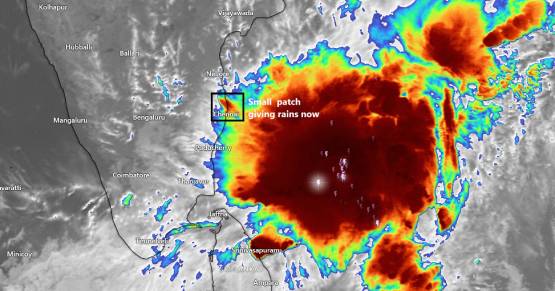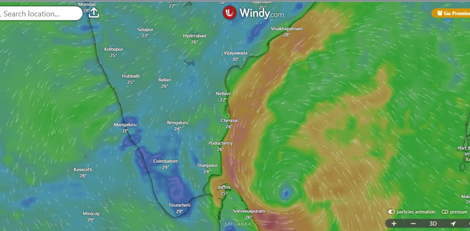Link between air pollution and hypertension, says study
Posted on: 01/Jun/2016 6:11:01 PM

A review of 17 studies has said that short and long-term exposure to air pollution from vehicle exhaust or burning coal is associated with high blood pressure. The review was published by researchers at the Guangdong Provincial Centre for Disease Control and Prevention in Guangzhou, China.
Say the researchers, Since the 1990s, a hypothesis of air pollution leading to hypertension risk was proposed by many researchers.
17 studies that were related to air pollution and hypertension were analysed. Hypertension is defined as blood pressure higher than 140/90 mm of mercury (mm Hg). More than 80000 people with high blood pressure and more than 220000 people without it were part of the study group.
The researchers found that short-term exposure to sulphur dioxide from burning fossil fuels and to particulates like dust and dirt in the air were associated with high blood pressure risk, as was long-term exposure to nitrogen dioxide, which comes from power plants and vehicle exhaust.
Say the researchers, Short-term exposure to ozone and carbon monoxide were not tied to blood pressure levels, as reported in the journal Hypertension. Air pollution can cause inflammation and oxidative stress which may lead to changes in the arteries. There is a linear relationship between air pollution and hypertension, which indicated that even a very low level of air pollution might induce hypertension risk.
Therefore, everyone should be concerned about the effects of air pollution on their blood pressure even if there is a very low air pollution level in their living environment. However, it is impossible to remove all of the air pollutants from the environments. The studies in this review tie pollution to high blood pressure but don’t prove that one causes the other. More studies, especially multi centre studies, are needed to investigate a causal relationship between air pollution and high blood pressure.
Experts who have followed the study say, Without a clear mechanism we cannot conclude that pollution ‘causes’ hypertension. However, we should recall (going back to 1954) that epidemiological evaluations provided strong statistical support in linking cigarette smoking and cancer.
Hypertension affects more than three million people in the U.S. Quitting smoking, eating healthy, reducing intake of sodium and sugar, reducing chronic stress, and exercising regularly can help reduce the risk of high blood pressure.







